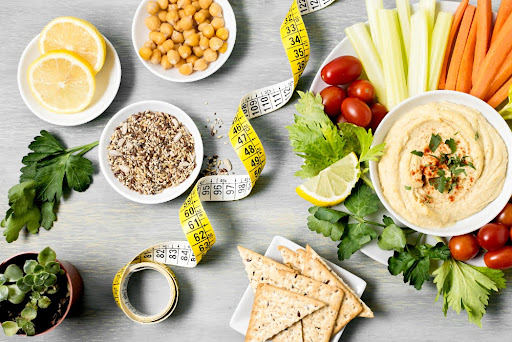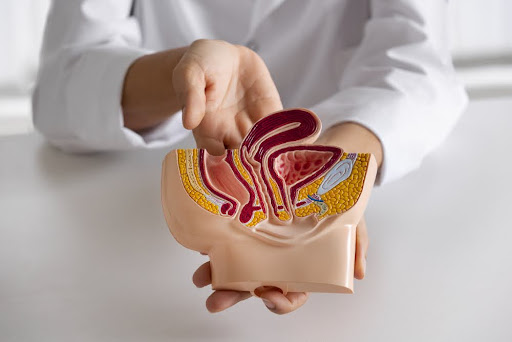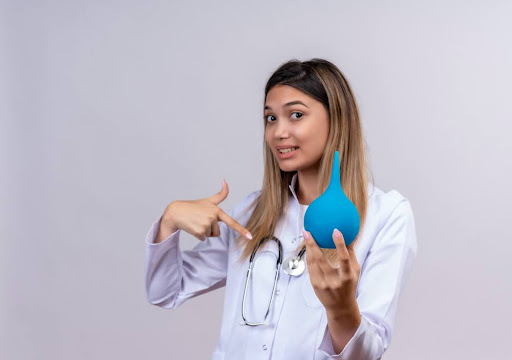Intra-gastric balloon insertion is a non-surgical weight loss procedure intended to help individuals with obesity. Post-procedure, proper dietary adherence is crucial for successful weight loss and prevention of complications. This ensures that your body gets accustomed to the balloon and your digestive system remains healthy. If you are considering bariatric and metabolic surgery, knowing these dietary changes is equally important.
Phase 1: Liquid Diet
The first phase after intra-gastric balloon insertion involves consuming only liquids. This phase typically lasts for the first three to seven days. It helps your body adjust to the balloon and minimizes discomfort.
- Stick to clear liquids like water, coconut water, clear juices, broth, or herbal teas.
- Avoid caffeinated drinks and sugary beverages.
- Gradually introduce protein-rich liquids like clear soups or protein shakes.
Hydration is crucial during this phase. Sip small amounts of water throughout the day to stay hydrated and reduce nausea. If you are already familiar with bariatric and metabolic surgery, you may find this phase similar to post-surgery dietary recommendations.
Phase 2: Pureed Foods
After three to seven days, you can transition to pureed foods. This phase usually lasts for one to two weeks. Pureed foods are easier to digest and gentle on your stomach.
- Include foods like khichdi, mashed potatoes, blended fruits, and yogurt.
- Eat slowly and take small bites.
- Avoid spicy or fatty foods that may irritate your stomach.
Remember, this phase helps your body gradually adapt to solid foods. Listening to your body is important. Stop eating if you feel full or experience discomfort.
Phase 3: Soft Foods
Around two weeks after the procedure, you can start eating soft foods. These are low-fiber foods that are easy to chew and digest.
- Focus on protein-rich foods like scrambled eggs, soft fish, or cottage cheese.
- Include cooked vegetables and peeled fruits.
- Avoid foods that are tough, stringy, or hard to chew.
During this phase, meal portions should remain small. Your stomach has limited space due to the balloon, so overeating can cause discomfort or nausea.
Phase 4: Regular Diet
After four to six weeks, most patients can transition to a regular diet. This phase is about adopting healthy eating habits that will support long-term weight loss.
- Choose lean proteins, whole grains, and fresh fruits and vegetables.
- Avoid processed foods, sugary drinks, and high-fat meals.
- Practice portion control and eat smaller meals more frequently.
If you know someone who has undergone bariatric and metabolic surgery, these guidelines may feel familiar. They are designed to promote sustainable weight loss and overall health.
Important Dietary Tips
Following these tips will help you maximize the benefits of your intra-gastric balloon insertion:
- Stay Hydrated: Drink at least 8-10 glasses of water daily, but avoid drinking with meals to prevent nausea and vomiting.
- Chew Thoroughly: Chew your food well to aid digestion and avoid discomfort.
- Avoid Carbonated Drinks: They can cause bloating and discomfort.
- Limit Alcohol: Alcohol is high in calories and may irritate your stomach lining.
- Take Supplements: Your doctor may recommend vitamins or minerals to ensure you meet your nutritional needs.
Foods to Avoid
Certain foods can cause discomfort or complications after intra-gastric balloon insertion. Avoid these to ensure a smooth recovery:
- Carbonated beverages
- Sugary and fried foods
- Tough meats or chewy foods
- Spicy dishes
- Nuts and seeds
These foods can irritate your stomach or increase the risk of balloon deflation. Always consult your healthcare provider if you are unsure about a specific food.
Long-Term Lifestyle Changes
Intra-gastric balloon insertion is not a standalone solution. It is a tool that helps you lose weight when combined with lifestyle changes. Alongside dietary adjustments, regular physical activity and stress management are vital.
If you are also considering bariatric and metabolic surgery, these lifestyle changes are critical for maintaining results after surgery.
Benefits of Following Dietary Guidelines
Adhering to the recommended dietary guidelines can lead to several benefits:
- Better weight loss results
- Reduced risk of complications
- Improved digestion and reduced discomfort
- Sustainable, long-term health improvements
By following these steps, you can make the most of your intra-gastric balloon procedure and improve your quality of life.
Take Charge of Your Weight Loss Journey Today!
Following dietary guidelines after intra-gastric balloon insertion is the key to achieving your weight loss goals. If you are considering this procedure or looking into bariatric and metabolic surgery, it’s crucial to consult a qualified expert for personalized advice.
Connect with one of the best bariatric surgeons for guidance tailored to your needs. Dr. Aparna Govil Bhasker practices at Meta Heal- Laparoscopy and Bariatric Surgery Center and specializes in helping patients achieve better health outcomes through advanced procedures and expert care.




